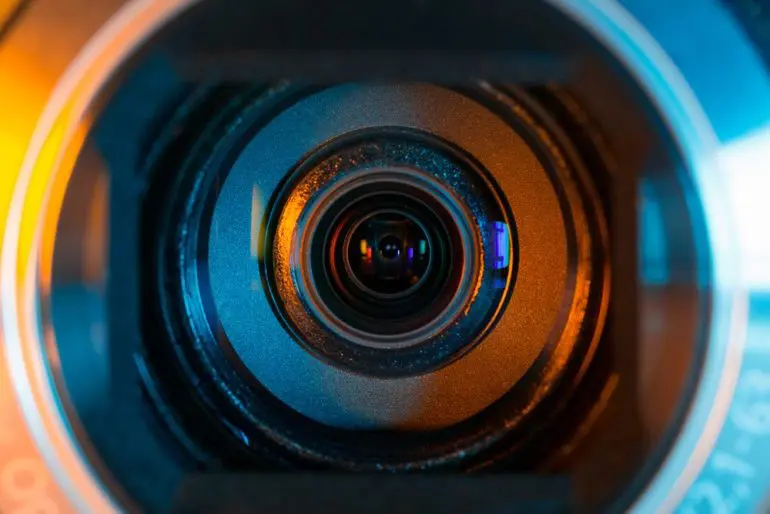Short-sighted sceptics have long decried the death of live broadcast TV, with television audiences continuing to turn to digital streaming and catch up services.
However, both Facebook and Twitter introduced their own live streaming functionalities in 2015, followed more recently by both YouTube and Instagram – marking a new wave for live video. A number of brands have started to make use of live streaming in recent months, but only a select few are embracing the feature and savilly building it into a fully integrated marketing campaign. Although such live video capabilities are still in their early stages of life, those brands that choose to think carefully about how they can expand their existing campaigns with live streaming will find themselves a head and shoulders above their competition. Online live video offers a valuable extension to the Internet’s ability to make the local global, allowing brands to expand audiences easily and giving users access to events that would have been impossible before. Ariana Grande’s recent One Love Manchester benefit concert, for example, was streamed live on Facebook, Twitter and YouTube alongside airing on BBC One, which helped viewings skyrocket to a peak of 14 million – making the fundraiser the biggest TV show of the year so far. Social networks, by their very nature, offer fantastic social outreach thanks to their enormous number of active users who can be segmented into highly specific demographics. Brands are able to reach existing fans and followers organically, but can also choose whether to allocate budget to a live video in order to target particular, potentially hard-to-reach audiences as the action unfolds. After live streaming, brands can analyse viewing statistics to discover what works well and what customers want to see more of, which can lead to more informed and appropriate content in the future. Live video can also provide a remarkably affordable way of expanding the reach of an event or conference. If demand for a specific event is especially high but upsizing to a larger venue isn’t feasible, incorporating a live stream can be a cost-efficient and simple way of reaching those additional customers digitally. Increasing engagement at talks and events is often poses a significant challenge for organisers, but this can be tackled by adding an interactive and accessible interface, such as Facebook Live, which lets audience members and viewers to become involved, pose questions and give feedback in real time. This in turn allows brands to position themselves as more personable, relatable and human as they engage in meaningful dialogue with their network of followers. We’re currently enjoying an incredibly fast-paced media landscape, which means that live streams can resemble TV-quality productions, offering the ability to add graphics, logos, branding, music and more. This is an easy way of simultaneously adding brand identity whilst increasing the production value of a live video. Brands can use third party software to stream footage from a multi camera shoot to Facebook, Periscope and YouTube, with additional cameras adding further interest to the viewing experience. For example, we recently worked with Topshop and the Business of Fashion (BoF) to live stream their Future Voices event, which involved filming a series of talks. We filmed the event at Central St Martins, utilising a number of cameras to focus on each member of the panel and ensure the talk felt intimate for viewers watching through Facebook. The technology consumers have in their pockets is at an all-time high too, with smartphones the new norm. The vast majority of mobile users have access to good quality 4G internet devices, allowing them to stream from anywhere in the world, regardless of whether they’re at home or on the go. It’s important to note that for a truly polished live video, brands will need to look further than a simple handheld setup using a smartphone or an iPad. While this works, it can look somewhat amateurish, and so those wanting to project a more sophisticated image will need to invest in a professional video camera and audio set up. The obvious benefit to producing high quality, edited video footage is that it allows so much more room for error, giving the option to shoot and re-take specific sections if necessary. Live video, on the other hand, offers no such protection, meaning events and conferences need to be fully planned through to execution, as a technical glitch or failure could quickly tarnish a brand’s otherwise sparkling reputation. Similarly, live streaming exposes you to potential negative attention. Internet ‘trolls’ aren’t unusual to come across, but with some forward thinking and a strong social media crisis management plan, the impact of negative comments can be lessened. It’s clear that the benefits far outweigh the risks. Live streaming offers an enormous opportunity to target new audiences while continuing to build relationships with existing customers. It adds a ‘human’ element to the marketing mix, giving brands a face and offering transparency into what the business really looks like. And the costs are relatively low compared to more traditional marketing activities, with new technology making the process easier and quicker to set up than a live television broadcast. As more and more businesses become privy to the benefits of live streaming it’s vital that the format is integrated fully all marketing campaigns. Those that fail to take live video into account when planning marketing activities will find themselves falling behind their competition and losing customers to savvier marketing teams.Jeremy Elman, Creative Director at Pocket Motion Pictures


